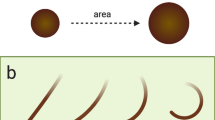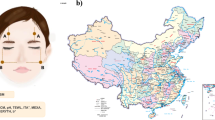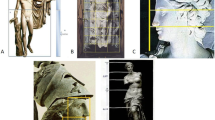Abstract
HAIRY pinna, that is, hair growing especially from the scaphoid fossa of the ear but also on the helix and sometimes the lobe (Fig. 1), is now accepted as a genetically determined trait1–4, possibly male sex-linked1,2,4. The condition has been observed in Indians, Sinhalese, Iranians, Iraqui, Jews, Maltese, Italians and other Europeans1–4.
This is a preview of subscription content, access via your institution
Access options
Subscribe to this journal
Receive 51 print issues and online access
$199.00 per year
only $3.90 per issue
Buy this article
- Purchase on Springer Link
- Instant access to full article PDF
Prices may be subject to local taxes which are calculated during checkout
Similar content being viewed by others
References
Dronamraju, K. R., J. Genet., 57, 230 (1960).
Gates, R. R., and Bhaduri, P. N., Mankind monographs, I, 38 (1961).
Sarkar, S. S., Banerjee, A. R., Bhattacharjee, P., and Stern, C., Amer. J. Hum. Genet., 13, 214 (1961).
Slatis, H. M., and Apelbaum, A., Amer. J. Hum. Genet., 15, 74 (1963).
Abbie, A. A., and Rao, P. D. P., Human. Biol. (in the press).
Author information
Authors and Affiliations
Rights and permissions
About this article
Cite this article
ABBIE, A. Incidence of Hairy Pinna in Australian Aborigines. Nature 206, 533–534 (1965). https://doi.org/10.1038/206533a0
Issue Date:
DOI: https://doi.org/10.1038/206533a0
Comments
By submitting a comment you agree to abide by our Terms and Community Guidelines. If you find something abusive or that does not comply with our terms or guidelines please flag it as inappropriate.



